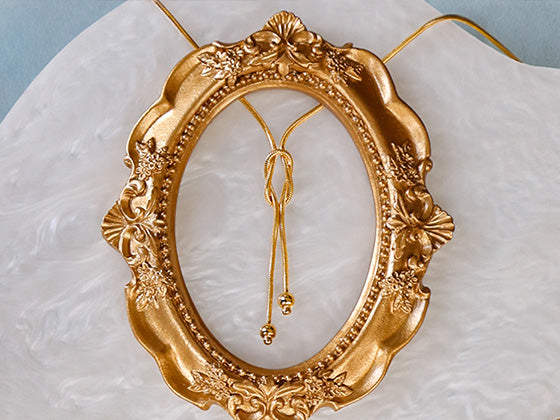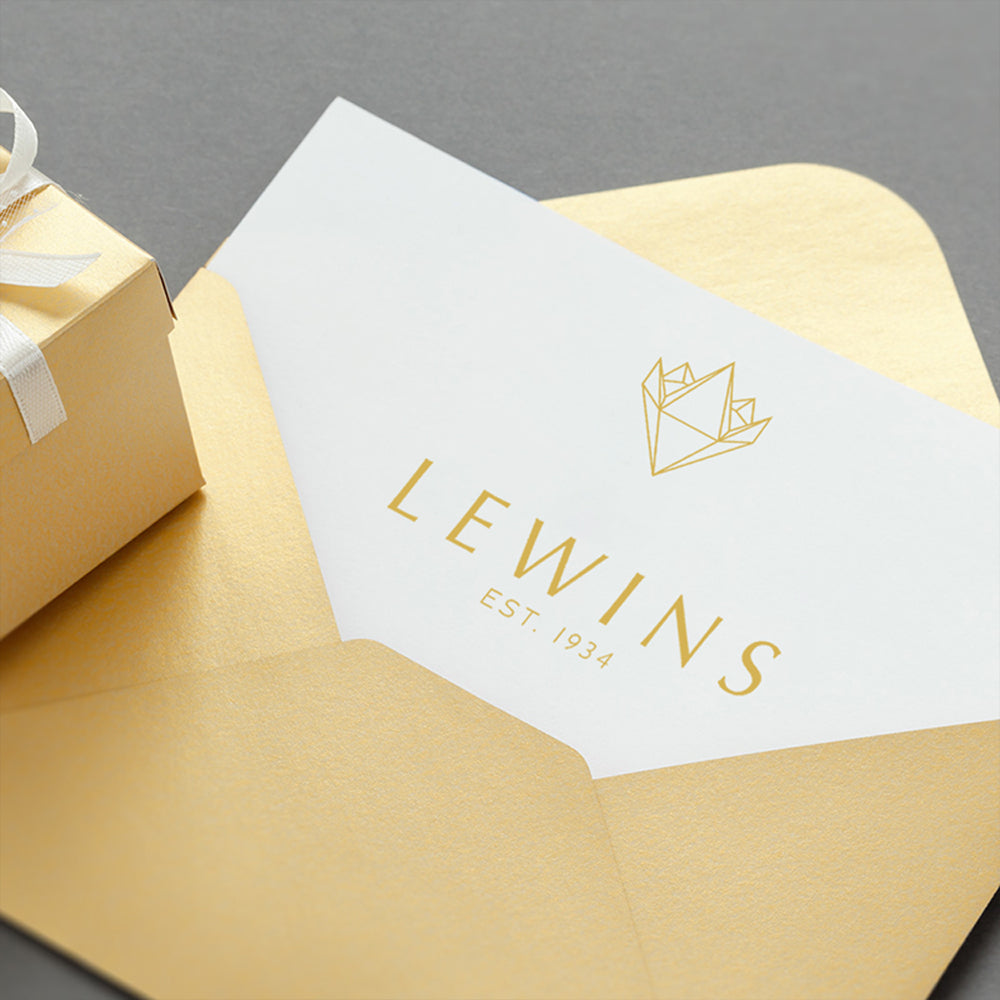Jewellery Odyssey:
It is believed, that as far back as the ancient Sumerians from the Mesopotamian region (about 5,000 years ago), women would wear anklets as a sign of their husbands wealth. Throughout theses middle eastern countries, anklets continued to be a very popular accessory.
Particularly for ancient Egyptian women, who were well known for their love of personal adornment. From the upper class to royalty, Egyptian women would wear anklets made of semi-precious stones and precious metals, as a sign of status and wealth. Whereas the poorer lower class Egyptian women, would wear handmade alternatives using: simple metals (such as iron or silver) with painted stones, shells and clay. They would include symbolic amulets, that would either provide magical powers of healing and protection or be used as lucky talismans, which brought good fortune to the future and the afterlife.
Sourced through the ancient trade network along the Silk Road, beautifully vibrant gemstones such as Lapis Lazuli and Amethyst, would frequently embellish anklets created during the ancient Persian era. Anklets have also been very desirable within ancient Indian culture and literature, consequently they are still a customary item to be worn during wedding ceremonies.
During the mid-1960s, the fashion in both America and western countries, was influenced by eastern cultures. Anklets rapidly became a fashion staple and have continued to remain in vogue.
Anklets:
The standard length of anklets are 10”. For a more comfortable fit, the length of the anklet may need altering. If you require the length to be shorter or longer, please let use know. You can either fill out the enquiry form below, or contact us directly. We will see if we can help, to make any bespoke alterations for your request, or advise you further.
P.S. If you would like to accessorise your anklet by adding charms, they can either be threaded onto your anklet or we can securely fix them, by soldering the round link.
Jewellery Care Precautions:
Avoid direct contact with: perfume, lotions, skincare, hairspray / other chemicals. Remove, your jewellery: when showering, swimming (as both chlorine and saltwater will react with metals), washing your hands / using hand sanitisers, before going to bed or when participating in physical activities (going to the gym, exercising, gardening, housework etc….).
Beware, metals may tarnish over time due to oxygen contact and natural body oils. Prevent items from being exposed to moisture and direct sunlight, for long periods. Store jewellery in a dry place away from humidity, in a pouch/jewellery box and keep each piece separated from each other. Care, for your jewellery by cleaning with a soft dry cloth.
Sterling Silver:
Silver as an element in its purest form, experiences very little tarnish, but it is far too soft and malleable, to be used in jewellery. To increase its durability and to make it easier to work with, 92.5% of pure silver is alloyed with 7.5% of copper.
Tarnishing appearing on your silver jewellery is normal. Over time and especially in humid conditions, the copper alloy naturally oxidises with the air, causing the silver to tarnish and discolour to yellow/brown/black. However, this tarnishing and discolouration, will speed up, if your jewellery comes into contact with: hairspray, cosmetics, perfume, body lotion, deodorant etc…
If you notice a greenish colour appearing on your fingers, neck or earlobes where you wear your silver rings, chains and earrings. This is because your jewellery has oxidised by reacting with: the natural acid (pH level of your skin), oils, moisture and perspiration of your body. Or from the lotions and perfumes applied to your body.
Remember to keep you silver away from any chlorine, acids or abrasives as this will begin to degrade your jewellery. It is best to practise our jewellery care precautions steps above.
For silver that has experienced a light tarnish, you can use a silver dip to help bring it back to life, this also helps to get into tiny crevices, that are hard to reach. For silver that has experienced a darker tarnish, using a silver jewellery cloth will remove more tarnish than a silver dip, as it is embedded with low abrasive chemicals. For silver that is heavily tarnished, using a silver polish or cream will help - however this is abrasive and we recommend to use with care and only when needed. Alternatively, the safe hands of our jewellery workshop can revive the beautiful silver shine of your jewellery.
















 Contact Us
Contact Us







